√100以上 e coli morphology gram stain 283207-E.coli gram stain morphology and arrangement
The addition of a trapping agent (Gram's iodine) rapid decolorization with alcohol or acetone, and;Escherichia coli ATCC ® Stains blue in color Staphylococcus aureus ATCC ® Stains blue in color Corynebacterium diphtheriae ATCC ® 8028 Cell appears banded or beaded with deep blue granules and a lighter blue cytoplasmCounterstaining with safranin or carbol fuchsin (it will more intensely stain anaerobic bacteria)

Module 7 8 10 Gram Stain Acid Fast Endospore Growth Characteristics Flashcards Quizlet
E.coli gram stain morphology and arrangement
E.coli gram stain morphology and arrangement-Gramstain Grampositive cocci Microscopic appearance Cocci in clusters, short chains, diplococci and single cocci Clinical significance Enterococcus faecalisis a Grampositive, commensal bacterium inhabiting the gastrointestinal tracts of humans and other mammalsE Coli Microscopy To determine whether a strain (s) is present in a sample, it's necessary to stain the sample Here, Gram stain is used as it helps distinguish between the gram positive and gram negative bacteria in a sample Being a differential stain, Gram stain is more complex compared to more simple stains like methylene blue



Module 7 8 10 Gram Stain Acid Fast Endospore Growth Characteristics Flashcards Quizlet
The colony morphology of organisms is observed Colony shape, size (in mm), color, consistency, elevation, opacity, and margin are observed and noted down for further identification Gram staining for identifying gram negative bacteria Gram staining is the beginning test in an identification procedure in bacterial classificationStart studying Morphology of bacteria and gram stain Learn vocabulary, terms, and more with flashcards, games, and other study tools ( Gram ve Bacilli) Ecoli Identify the bacteria (Gram ve Bacilli) Pseudomonas aeruginosa ( Decolonization) gram negative will lose the stain Process D in both Safranin Process E in bothPercentage of isolation of the five E coli Colonial Morphology (CM) classes from inpatients and outpatients (EMB) agar, also the result of Gram staining agrees with the findings of the study
Gram Staining reaction – Gram ve uniform turbidity is produced which is further analyzed for the morphology (under the microscope), gram reaction, biochemical tests, and staphylococcus specific tests That's all about the Morphology & Cultural Characteristics of Staphylococcus aureusGram positive bacteria stain bluepurple and Gram negative bacteria stain red The difference between the two groups is believed to be due to a much larger peptidoglycan (cell wall) in Gram positivesCharacteristic fusiform morphology (Gram stain) Capnocytophaga ochracea Gramnegative rods from a culture showing characteristic fusiform morphology (Gram stain) Escherichia coli Atypical growth in a blood culture from a patient under antibiotic treatment Very long threads, some poorly stained (Gram stain)
Through this experiment, gram staining skills develop More understanding the types and morphology of bacteria Expected experimental result, Escherichia coli (Ecoli ) is a negative gram bacteria which stain pink colour , while Staphylococcus aureus ( Saureus ) is a positive gram bacteria which stain purple colour Materials Bacteria Escherichia coli , Staphylococcus aureus Crystal Violet Gram's iodine Absolute alcohol Safranin Methodology As per manualThe Gram stain is used to differenciate Grampositive from Gramnegative bacteria Grampositive bacteria have a thicker peptidoglycan layer and therefore retain the primary stain (crystal violet) whereas Gramnegative cells lose it when treated with a decolourizer (absolute alcohol) They then take in the secondary stain (iodine)On Endo agar it looks like lactose negative)All four strains are mannitol positive (best seen in fig D), cellobiose negative (strains A, B)



Solved Gram Stain Results Below Are Images Of Bacteria I Chegg Com



Gram Stain Of E Coli Bacterium A Gram Stain Of Shows Gramnegative Download Scientific Diagram
Positive Gram Stain Negative E coli Serratia marcescens Proteus mirabilis Neisseria gonorrhea Alcaligenes Faecalis Proteus vulgaris Klebsiella pneumoniae Citrobacter freundii Pseudomonas fluorescens Enterobacter aerogenes Staphylococcus aureus Streptococcus pneumoniae Bacillus cereus Enterococcus faecalis Micrococcus luteus E coli SerratiaGram staining technique is a fourstep procedures used to distinguish bacteria into two large groups, Grampositive and Gramnegative The reagents used are crystal violet, iodine, 95% alcohol and safranin and they are applied sequentially The bacteria used are Micrococcus luteus and Escherichia coliThe Gram stain is the most widely used staining procedure in bacteriology It is called a differential stain since it differentiates between Grampositive and Gramnegative bacteria Bacteria that stain purple with the Gram staining procedure are termed Grampositive;
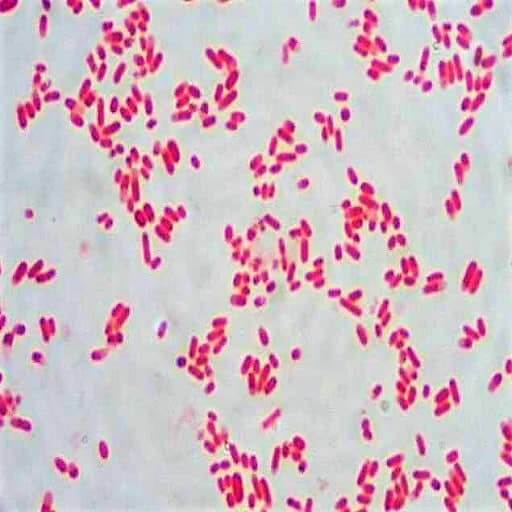


Morphology Culture Characteristics Of Escherichia Coli E Coli


Photo Gallery Of Pathogenic Bacterial
Gram stain morphology for EscherichiaEscherichia coli Gramnegative Short rods (bacilli) Encapsulated and Unencapsulated Gram stain morphology for FrancisellaFrancisella tularensisCommon examples of gramnegative include Salmonella spp, Escherichia coli (E coli) and the Enterobacteriaceae spp GramPositive Bacteria Unlike gramnegative, gram positive bacteria have a thick peptidoglycan layer that allows them to retain the primary stain/dye (crystal violet stain)Cells are typically rodshaped, and are about μm long and 025–10 μm in diameter, with a cell volume of 06–07 μm 3 E coli stains Gramnegative because its cell wall is composed of a thin peptidoglycan layer and an outer membrane During the staining process, E coli picks up the color of the counterstain safranin and stains pink



52 Microbiology Unknown Project Cscc Bio 2215 Ideas Microbiology Medical Laboratory Medical Laboratory Science



Morphological Physiological And Biochemical Characteristics Of E Download Table
Start studying Morphology of bacteria and gram stain Learn vocabulary, terms, and more with flashcards, games, and other study tools ( Gram ve Bacilli) Ecoli Identify the bacteria (Gram ve Bacilli) Pseudomonas aeruginosa ( Decolonization) gram negative will lose the stain Process D in both Safranin Process E in bothThe Gram stain is a differential staining technique used to classify & categorize bacteria into two major groups Gram positive and Gram negative, based on the differences of the chemical and physical properties of the cell wall Escherichia coli Fig Gram negative bacteria Bacterial Morphology Bacteria are very small unicellularEscherichia coli Four different strains of Escherichia coli on Endo agar with biochemical slope Glucose fermentation with gas production, urea and H 2 S negative, lactose positive (with exception of strain D "late lactose fermenter";


1b Demo



Module 7 8 10 Gram Stain Acid Fast Endospore Growth Characteristics Flashcards Quizlet
On staining, E coli appear as nonsporeforming, Gramnegative rodshaped bacterium;The genus Escherichia is named after Theodor Escherich, who isolated the type species of the genusEscherichia organisms are gramnegative bacilli that exist singly or in pairsE coli isTHE PROCEDURE done individually We have cultures of E coli and Bacillus for you to gram stainThis will give you gram and gram – controls to check your procedure against You can use 2 slides, 1 for each bacterium, or you can divide one slide in half and smear each bacterium on the divided slide
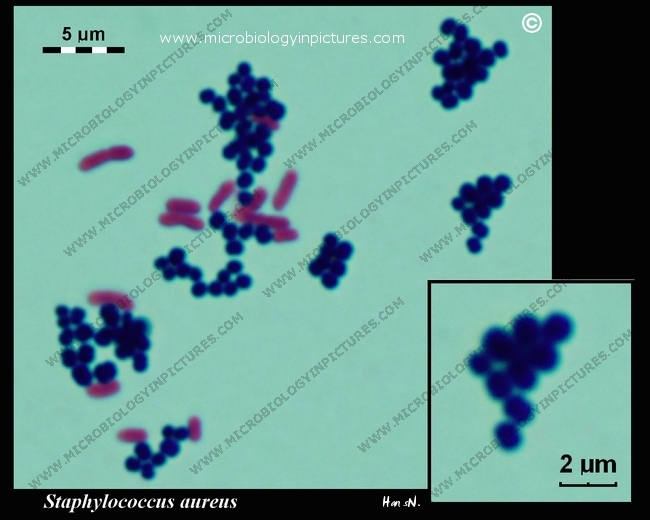


Gram Stain Staphylococcus Aureus And Escherichia Coli Gram Staining Technique Micrograph Of S Aureus And E Coli



Bacterial Staining
We have cultures of E coli and Bacillus for you to gram stain This will give you gram and gram – controls to check your procedure against You can use 2 slides, 1 for each bacterium, or you can divide one slide in half and smear each bacterium on the divided slideGram Staining of Micrococcus luteus,Escherichia coli, and Serratia marcescens INTRODUCTION In 14, a Danish botanist named Hans Christian Gram developed the popular staining technique known as the "gram stain"His background in studying plants at the University of Copenhagen introduced him to observing different tissues under a microscope, and thus propelled his interest in pharmacologyE coli are Gramnegative bacteria, meaning that they do not retain the crystal violet stain commonly used to differentiate bacteria Their status as Gramnegative bacteria is due to their thin cell walls E coli has cell walls made out of two thing peptidoglycan layers, an inner and outer membrane


Www Wiv Isp Be Qml Activities External Quality Rapports Atlas Bacteriology Gram Negative Aerobic And Facultative Rods Pdf



E Coli Dh5a On Emb Agar And Macconkey Agar Characteristics
Escherichia coli or in short E coli is a rodshaped microorganism It is categorized as gramnegative based on the gram staining procedure E coli is usually found in the large intestine of mammals and is the most abundant microorganism to be present in the feces Hence, it is used as an indicator for water purityYour unknown sample For example, when you perform a Gram stain, you will always include samples of Staphylococcus epidermidis (S epi), which is known to be Gram positive, and Escherichia coli, which is known to be Gramnegative If the Gram stain procedure works as it should, S epi will be purple and E coli will be pinkThe result shows that the smear named S aureus is a Grampositive organism because it shows a purple in colour while the E coli is Gram negative organism because it shows a pinkred in colour Conclusion From the experiment, the gram staining is the method to distinguish and differentiate between Grampositive bacteria and Gramnegative bacteria
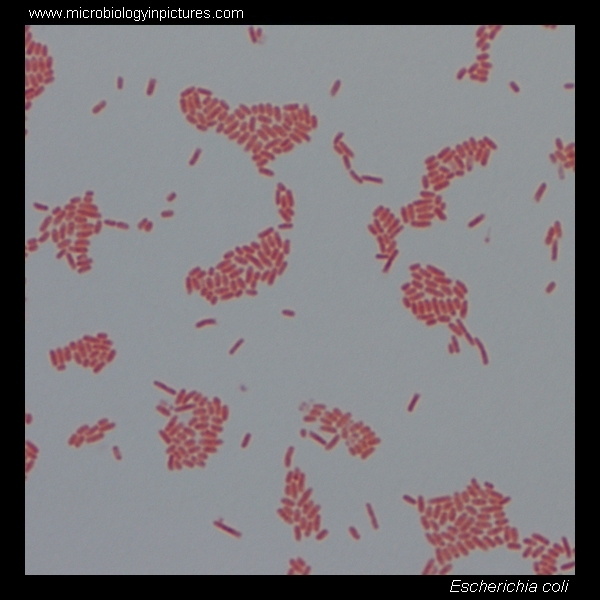


E Coli Gram Stain And Cell Morphology E Coli Micrograph Appearance Under The Microscope E Coli Cell Morphology E Coli Microscopic Picture
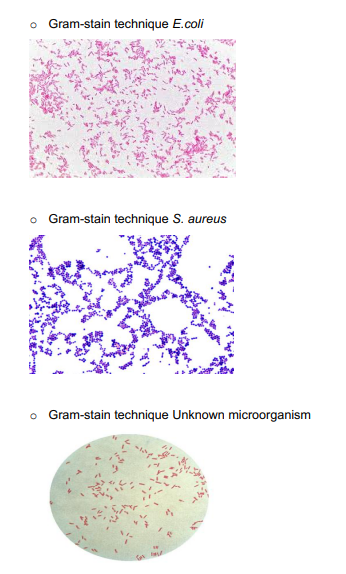


Solved For Each Image Describe The Bacteria S Color The Chegg Com
E coli in gram stain E coli in Gram stain showing gram negative rods having size of about µm long and diameter as shown above picture Introduction of Escherichia coli E coli is a Gram negative, aerobe and facultative anaerobic, rodshaped bacteria Optimal temperature for growth is 3617°C with most strains growing over the range 1844 °CPositive Gram Stain Negative E coli Serratia marcescens Proteus mirabilis Neisseria gonorrhea Alcaligenes Faecalis Proteus vulgaris Klebsiella pneumoniae Citrobacter freundii Pseudomonas fluorescens Enterobacter aerogenes Staphylococcus aureus Streptococcus pneumoniae Bacillus cereus Enterococcus faecalis Micrococcus luteus E coli SerratiaIn Gramnegative bacteria, the cell wall is only 1–3 layers thick , and in E coli 80% or more of the peptidoglycan exists as a monolayer Consistent with these earlier results, recent electron cryotomography density profile measurements have revealed that the thickness of the cell wall of both E coli and another Gramnegative bacteria Caulobacter crescentus is at most 4 nm ( 13 )
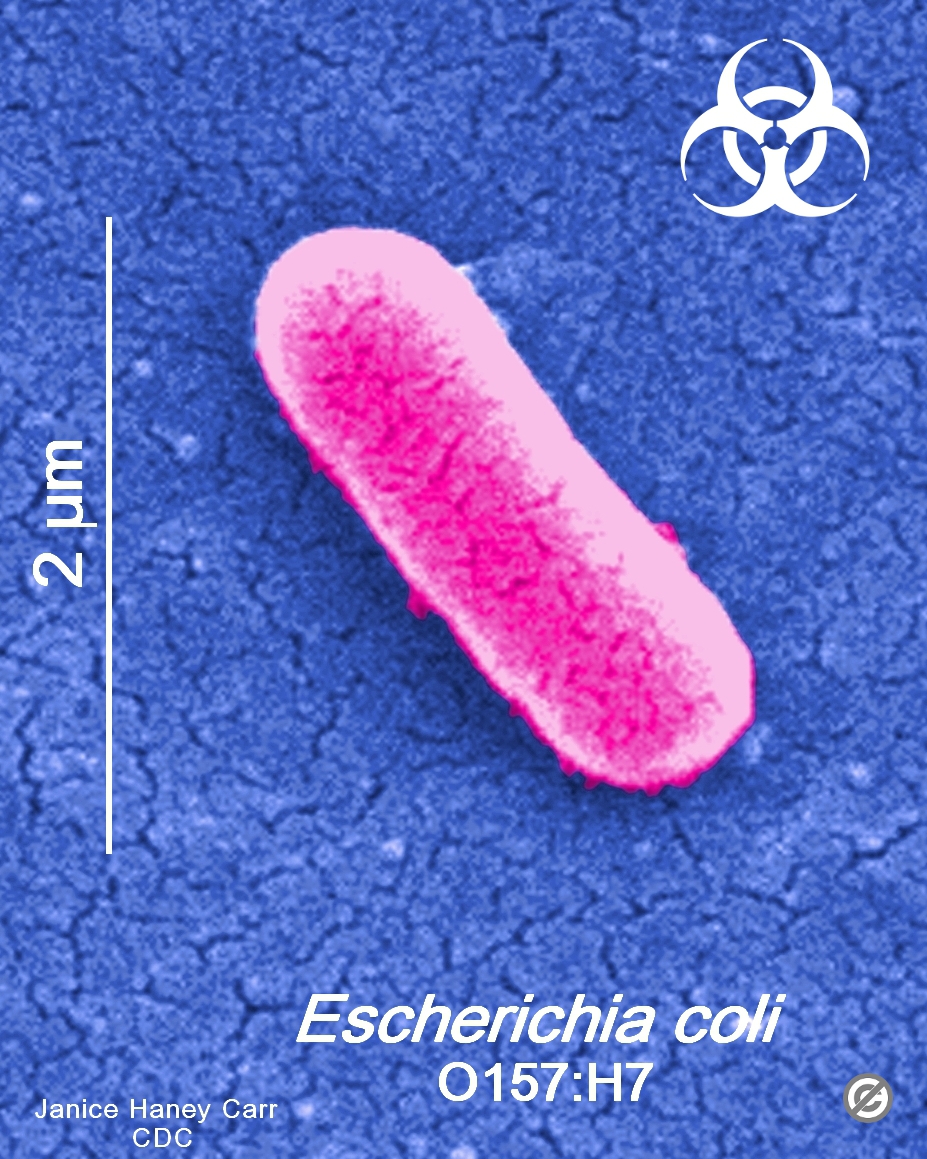


Usa Minnesota Firm Recalls Ground Beef Products Due To Possible E Coli O157 H7 Contamination Food Law Latest


Escherichia Coli Bacteria Appearance Dangerous Infections And Diseases E Coli O157 H7 Treatment Organs And Body Parts Affected By E Coli O157 H7 Bacteria Cell Morphology And Gram Stain Gram Negative Bacteria
Microorganisms are very small microscopic structures that are capable of free living Some of the microorganisms are nonpathogenic and live on the body of human beings ie on the skin, in the nostrils, in the intestinal tract etc, and they are called commensals The organisms that are capable of causing disease are called pathogenic organisms These are two groups depending upon theE coli S epidermidis Note Escherichia coli is a tiny pink (Gram) rod Staphylococcus epidermidis is a purple (Gram) sphere or coccus Draw a picture of a typical microscopic field and identify both Escherichia coli and Staphylococcus epidermidis Record this in the results section for this lab Colored pencils are available throughout the roomProcedure of Gram stain for E coli Cover the smear with crystal violet and allow it to stand for one minute Rinse the smear gently under tap water Cover the smear with Gram's iodine and allow it to stand for one minute Rinse smear again gently under tap water Decolorize the smear with 95% alcohol Rinse the smear again gently under tap



Laboratory Perspective Of Gram Staining And Its Significance In Investigations Of Infectious Diseases Thairu Y Nasir Ia Usman Y Sub Saharan Afr J Med



Escherichia Coli Slide W M Science Lab Microbiology Supplies Amazon Com Industrial Scientific
Percentage of isolation of the five E coli Colonial Morphology (CM) classes from inpatients and outpatients (EMB) agar, also the result of Gram staining agrees with the findings of the studyGram stain morphology for EnterococcusEnterococcus faecalis Enterococcus faecium Grampositive Round to ovoid (cocci) pairs or chains Gram stain morphology for EscherichiaEscherichia coli Gramnegative Short rods (bacilli) Encapsulated and UnencapsulatedGram Positive vs Gram Negative Bacteria This is a mixed culture of Gram negative Escherichia coli (redorange) and Gram positive Staphylococcus aureus (bluepurple) stained using the Gram staining method Michael R Francisco/Flickr/CC BYSA


Gram Stain
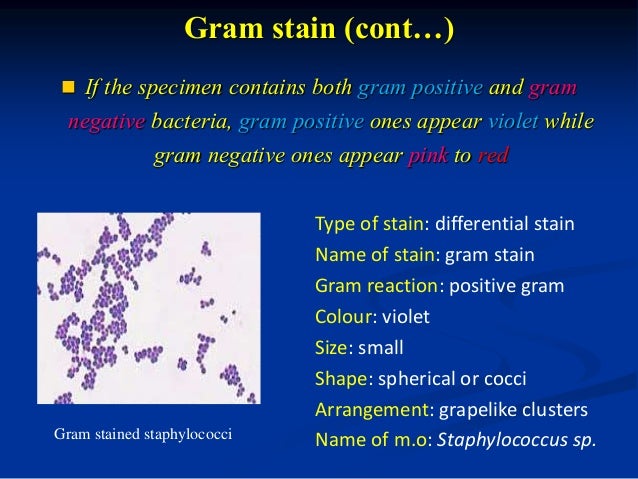


Bacterial Staining
Routine urine cultures should be plated using calibrated loops for the semiquantitative method Note The most commonly used criterion for defining significant bacteriuria is the presence of ⩾10 5 CFU per milliliter of urine2 Morphology and Staining of Escherichia Coli E coli is Gramnegative straight rod, 13 µ x 0407 µ, arranged singly or in pairs (Fig 281) It is motile by peritrichous flagellae, though some strains are nonmotile Spores are not formed Capsules and fimbriae are found in some strains 3 Cultural Characteristics of Escherichia ColiThose that stain pink are said to be Gramnegative The terms positive and negative have nothing to do with electrical charge, but simply designate two distinct morphological groups of bacteria
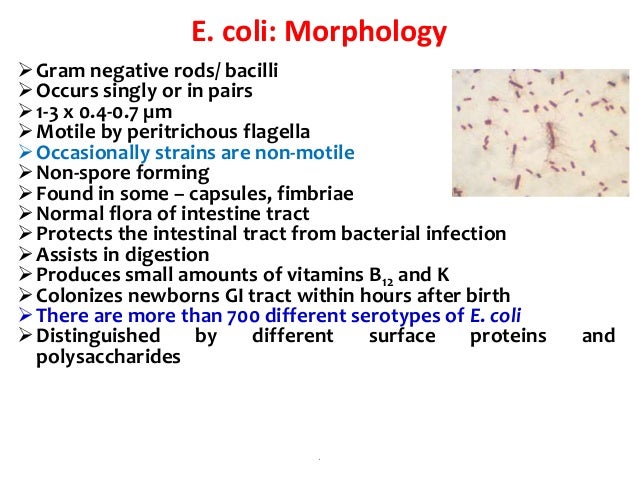


Genus Escherichia Coli


Staphylococcus Aureus And Ecoli Under Microscope Microscopy Of Gram Positive Cocci And Gram Negative Bacilli Morphology And Microscopic Appearance Of Staphylococcus Aureus And E Coli S Aureus Gram Stain And Colony Morphology On Agar Clinical
Gramstain Grampositive cocci Microscopic appearance Cocci in clusters, short chains, diplococci and single cocci Clinical significance Enterococcus faecalisis a Grampositive, commensal bacterium inhabiting the gastrointestinal tracts of humans and other mammalsIts cell wall contains mycolic acids, long, branched fatty acids that are normally present in scidfast bacteria The acids prevent proper gram staining that would normally identify the cell as a gram positive cell because they create a waxy coating so the crystal violet has difficulty entering the cell, therefore making it seem gramnegativeGram negative are the type of bacteria that do not retain the primary stain During decolorization, these bacteria lose the crystal violet stain (primary stain) because they have a thin Peptidoglycan layer However, they take up the counter stain (safranin) and will appear reddish or pink when viewed under the microscope



Gram Staining Principle Procedure And Results Learn Microbiology Online
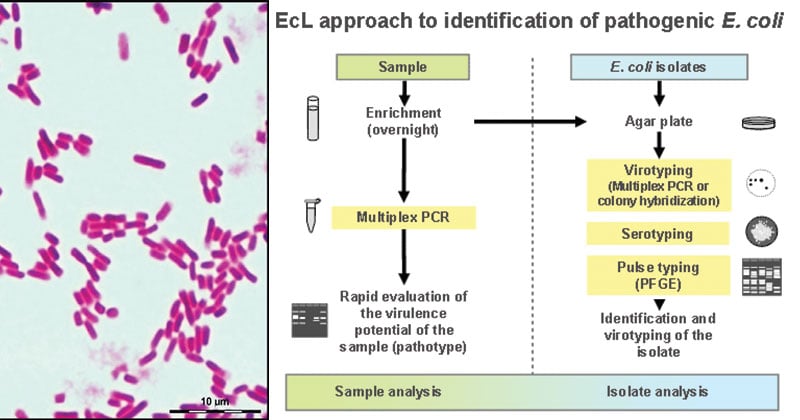


Escherichia Coli E Coli An Overview Microbe Notes
Escherichia coli O157H7 was first identified as a human pathogen in 19 in the United States of America, following an outbreak of bloody diarrhea associated with contaminated hamburger meat In 06, there was an outbreak involving raw spinach, with 199 illnesses, 102 hospitalizations, 31 hemolytic uremic syndrome, a severe kidney conditionProcedure of Gram stain for E coli Cover the smear with crystal violet and allow it to stand for one minute Rinse the smear gently under tap water Cover the smear with Gram's iodine and allow it to stand for one minute Rinse smear again gently under tap water Decolorize the smear with 95% alcohol Rinse the smear again gently under tap waterInvestigative procedure in biology A Gram stain of mixed Staphylococcus aureus ( S aureus ATCC , Grampositive cocci, in purple) and Escherichia coli ( E coli ATCC , gramnegative bacilli, in red), the most common Gram stain reference bacteria Gram stain or Gram staining, also called Gram's method, is a method of staining used to distinguish and classify bacterial species into two large groups grampositive bacteria and gramnegative bacteria
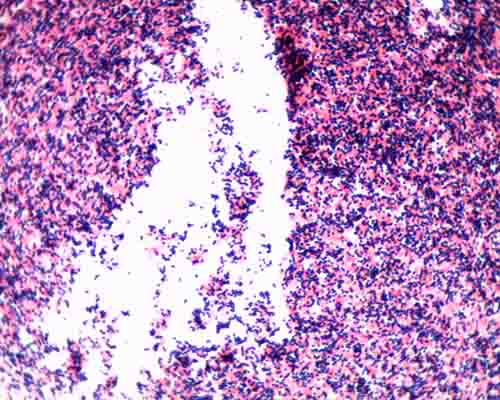


Gram Stain Microbiology Images Photographs



Gram Stain Images Microbiology Stain Study Tools
There are four basic steps of the Gram stain applying a primary stain (crystal violet) to a heatfixed (death by heat) smear of a bacterial culture;Gramnegative Escherichia coli, the most common Gram stain qualitycontrol bacterium, is decolorized, and is only visible after the addition of the pink counterstain safranin (credit modification of work by Nina Parker)We have cultures of E coli and Bacillus for you to gram stain This will give you gram and gram controls to check your procedure against You can use 2 slides, 1 for each bacterium, or you can divide one slide in half and smear each bacterium on the divided slide


Gram Stain


Www Mccc Edu Hilkerd Documents Bio1lab3 Exp 4 Pdf
MORPHOLOGY OF ESCHERICHIA COLI (E COLI) Shape – Escherichia coli is a straight, rod shape (bacillus) bacterium Size – The size of Escherichia coli is about 1–3 µm × 04–07 µm (micrometer) Arrangement Of Cells – Escherichia coli is arranged singly or in pairs Motility – Escherichia coli is a motile bacteriumE coli is described as a Gramnegative bacterium This is because they stain negative using the Gram stain The Gram stain is a differential technique that is commonly used for the purposes of classifying bacteriaE coli S epidermidis Note Escherichia coli is a tiny pink (Gram) rod Staphylococcus epidermidis is a purple (Gram) sphere or coccus Draw a picture of a typical microscopic field and identify both Escherichia coli and Staphylococcus epidermidis Record this in the results section for this lab Colored pencils are available throughout the room



Optical Microscope Images Of E Coli Cells Following Gram Staining A Download Scientific Diagram
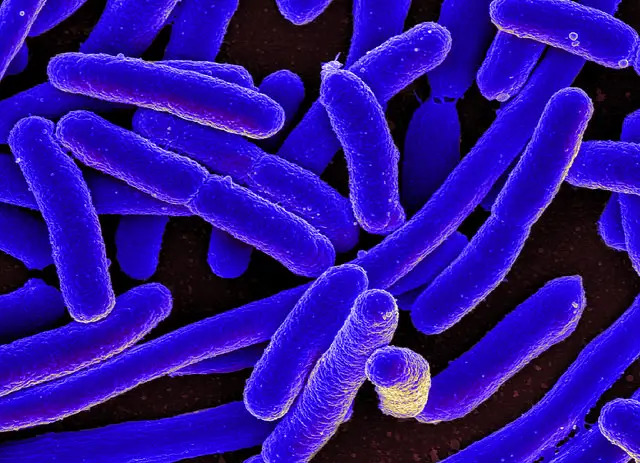


E Coli Under The Microscope Types Techniques Gram Stain Hanging Drop Method
Thus, for a rodshaped gramnegative bacterium like E coli the comparison with cylindrical soap bubbles has been very helpful To create a cylindrical soap bubble, two fixed rings are needed (Fig1) It is anticipated that the physical properties of the rings and the membrane of the bubble should somehow resemble those of the bacterial polar caps and lateral walls, respectively
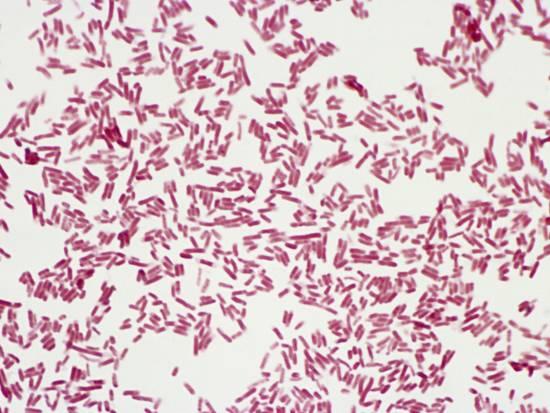


Biochemical Test Of Escherichia Coli E Coli Microbe Notes


Biol 230 Lecture Guide Gram Stain Of A Mixture Of Gram Positive And Gram Negative Bacteria


Http Article Sciencepublishinggroup Com Pdf 10 J Fem 13 Pdf
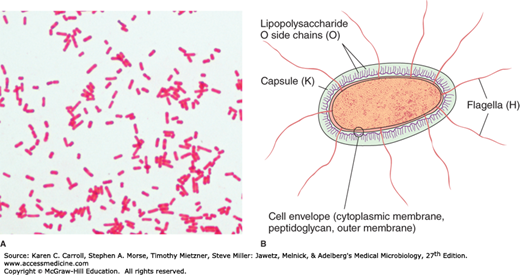


Enteric Gram Negative Rods Enterobacteriaceae Basicmedical Key



Escherichia Coli Colony Morphology And Microscopic Appearance Basic Characteristic And Tests For Identification Of E Coli Bacteria Images Of Escherichia Coli Antibiotic Treatment Of E Coli Infections



Asmscience Examination Of Gram Stains Of Urine



Escherichia Coli O157 H7
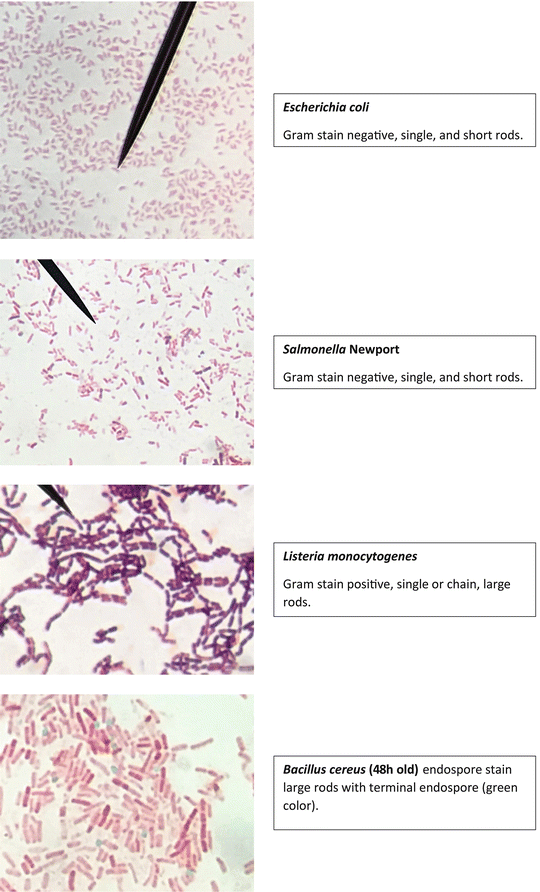


Staining Technology And Bright Field Microscope Use Springerlink



Bacteria 101 Cell Walls Gram Staining Common Pathogens Tusom Pharmwiki


Escherichia Coli Bacteria Appearance Dangerous Infections And Diseases E Coli O157 H7 Treatment Organs And Body Parts Affected By E Coli O157 H7 Bacteria Cell Morphology And Gram Stain Gram Negative Bacteria



Escherichia Coli Morphology Lab Diagnosis Notesmed Notesmed



Solved 1 Identify The Morphology Morphological Arrangem Chegg Com


E Coli Gram Stain Introduction Principle Procedure And Result Interpret
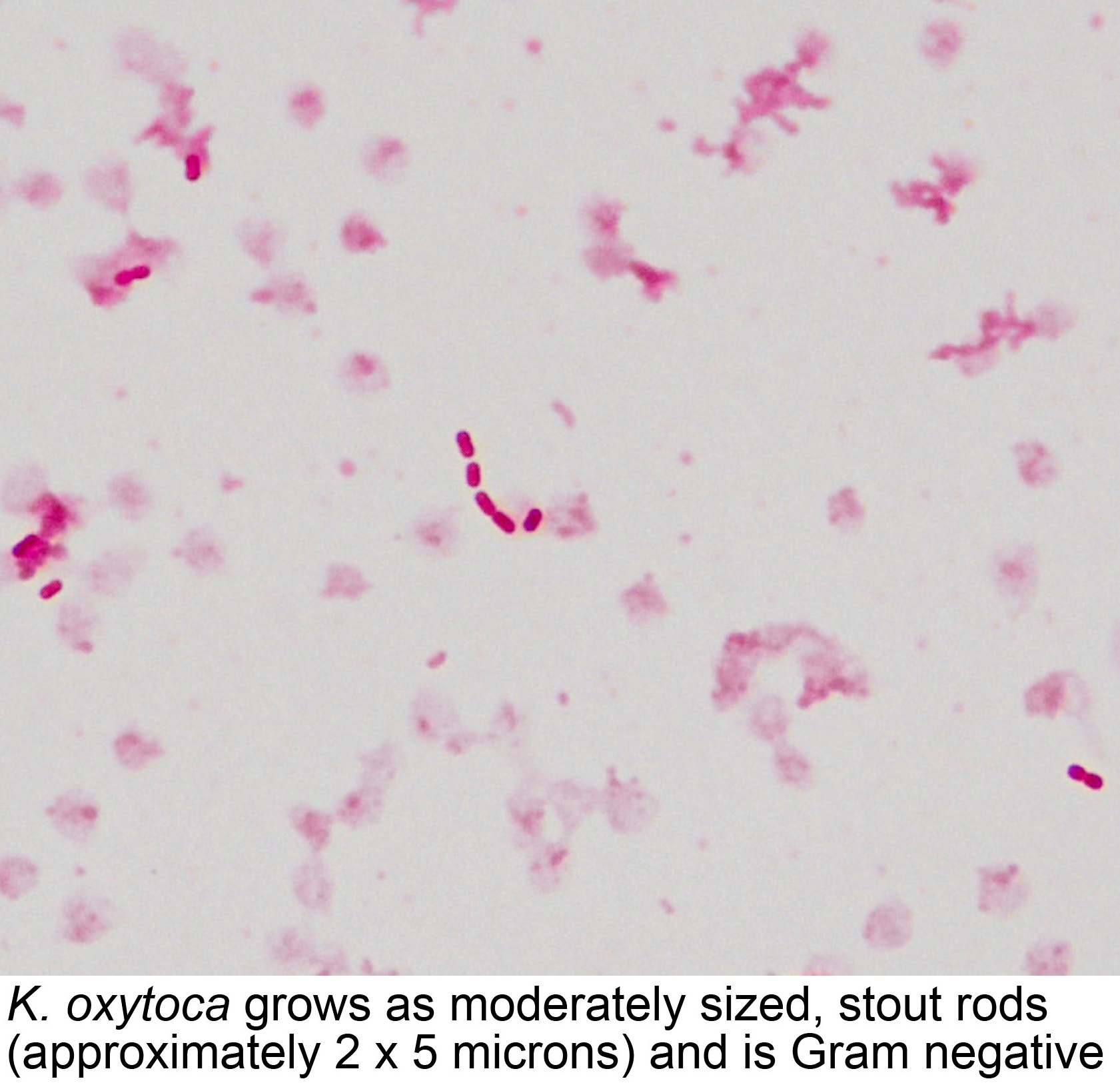


Pathology Outlines Klebsiella Oxytoca


Photo Gallery Of Pathogenic Bacterial



Bacteria Exercise Flashcards Quizlet
/gram_positive_vs_negative-5b7f26d2c9e77c005746fbd7.jpg)


Gram Positive Vs Gram Negative Bacteria



Escherichia Coli Morphology Mixed Rods Gram Stain Gram Negative Bacilli Growth Characteristics Dubai Khalifa
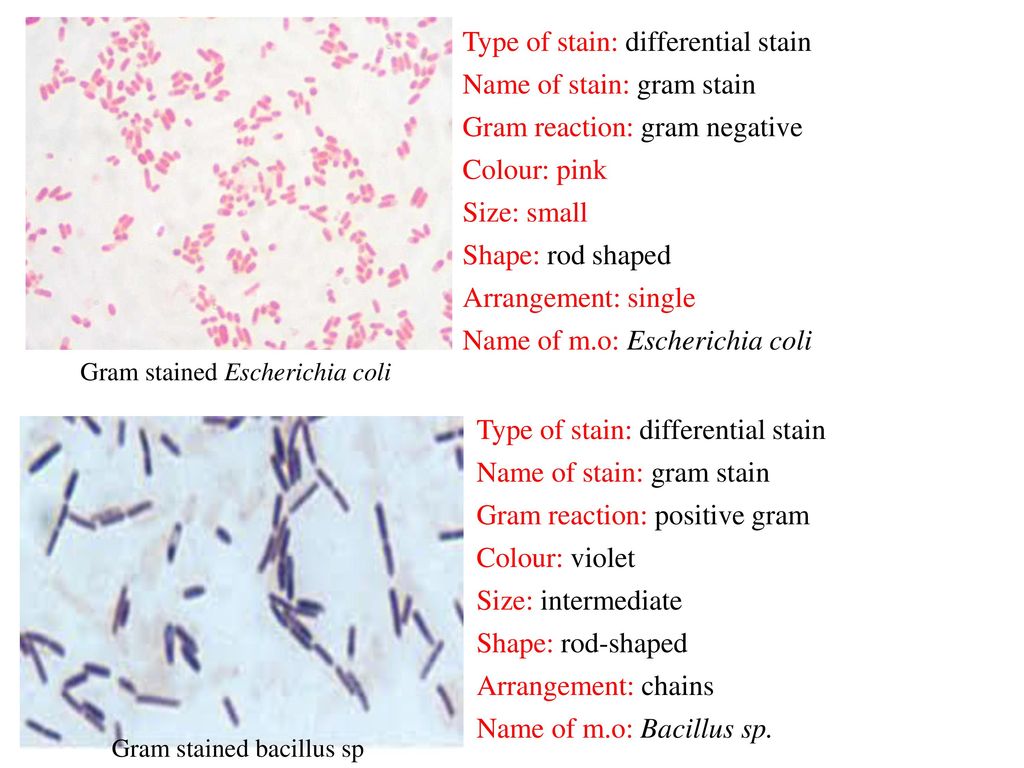


Gram Staining Principle Procedure And Results Msc Sarah Ahmed Ppt Download
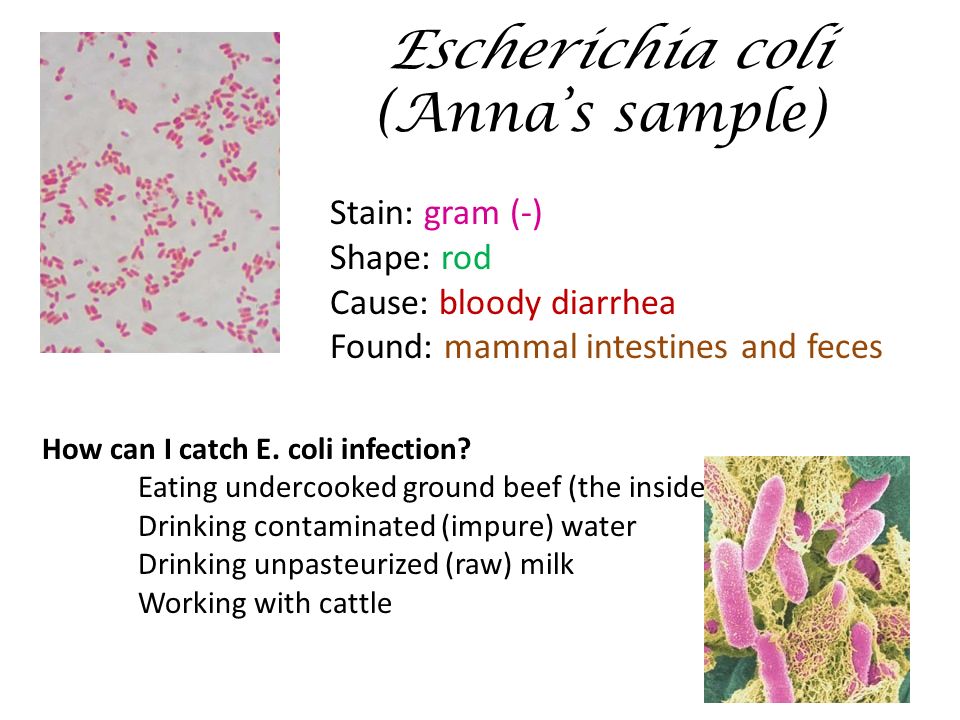


What Should You Have Seen Under The Microscope Activity Ppt Download



Laboratory Perspective Of Gram Staining And Its Significance In Investigations Of Infectious Diseases Thairu Y Nasir Ia Usman Y Sub Saharan Afr J Med



Gram Stain Wikipedia


Pathogenic E Coli



The Genesis Of Pathogenic E Coli Answers In Genesis



Gram Positive Cocci An Overview Sciencedirect Topics


Colony Characteristics Of E Coli Sciencing



Gram Negative Bacteria Wikipedia



Staining Microscopic Specimens Microbiology
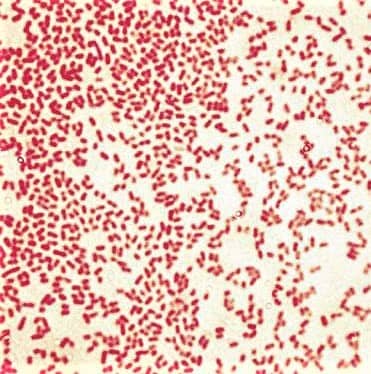


Morphology Culture Characteristics Of Pseudomonas Aeruginosa


Q Tbn And9gcru6r1unv3ndsfkjxwkvwwydqcu1p3g8xmz3ovuconfloxo8rwc Usqp Cau



Identification Of S Aureus And E Coli From Clinical Specimens Download Table



Yersinia Gram Stain Sd Dept Of Health
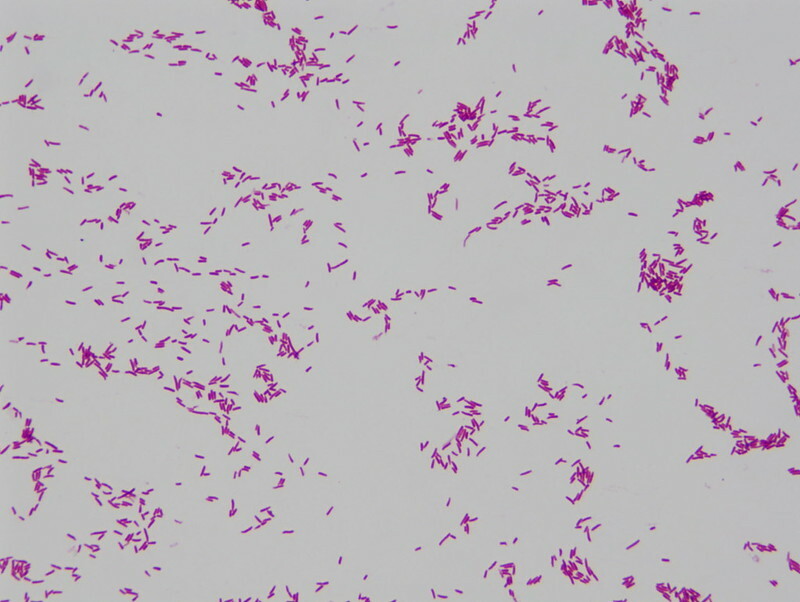


Pulsenotes Gram Negative Infections Notes



Gram Stain Of E Coli Bacterium A Gram Stain Of Shows Gramnegative Download Scientific Diagram


Academic Oup Com Labmed Article Pdf 32 7 368 Labmed32 0368 Pdf



Recombinant Production Of The Therapeutic Peptide Lunasin Microbial Cell Factories Full Text
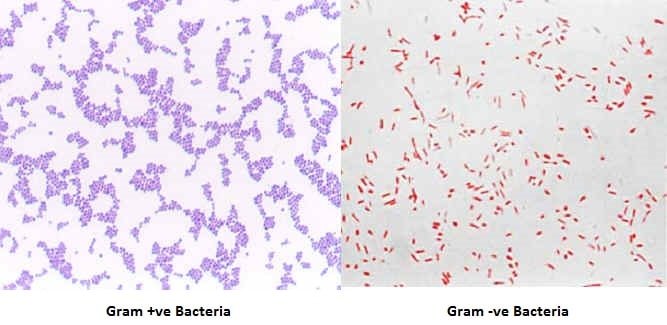


Gram Staining Principle Procedure Interpretation Examples And Animation



Gram Staining Principle Procedure And Results Learn Microbiology Online



Pin On Microbiology



Cns Pathology


What Is The Cell Morphology Of Escherichia Coli Quora
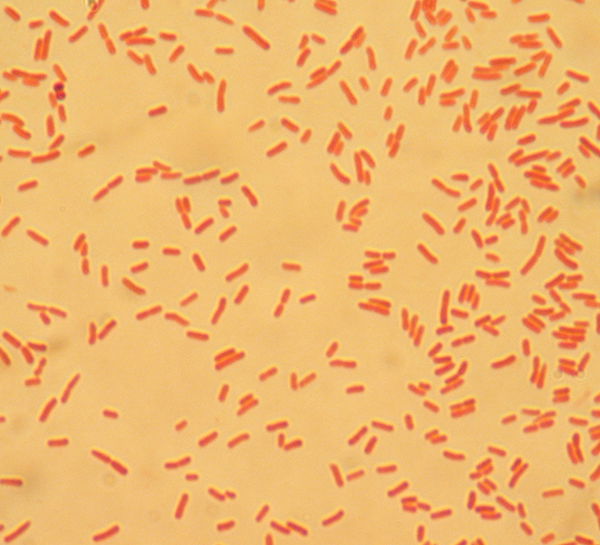


The Coliform Kind E Coli And Its Cousins Answers In Genesis


Q Tbn And9gctnncfjtcedl5fo0rq5mdljtvlng Qopeaabn2fkjwz27muvuqg Usqp Cau
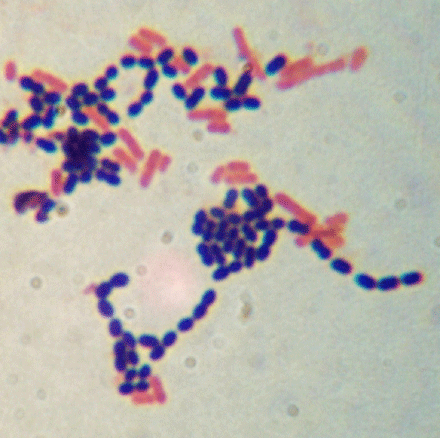


Welcome To Microbugz Gram Stain



Bacterial Staining


Q Tbn And9gcqkye60ou Johpr02n Mbv1fferrjpdh Lnct7ymdf5qhyia1ld Usqp Cau


Staphylococcus Aureus And Ecoli Under Microscope Microscopy Of Gram Positive Cocci And Gram Negative Bacilli Morphology And Microscopic Appearance Of Staphylococcus Aureus And E Coli S Aureus Gram Stain And Colony Morphology On Agar Clinical


Www Mccc Edu Hilkerd Documents Bio1lab3 Exp 4 Pdf


Lab 1



Optical Microscope Images Of E Coli Cells Following Gram Staining A Download Scientific Diagram
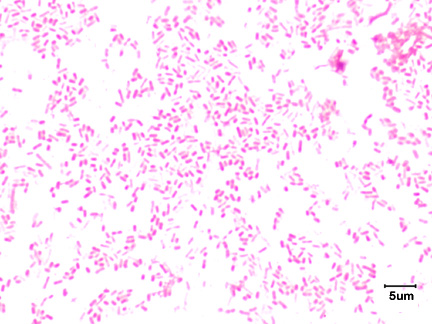


2 3b The Gram Negative Cell Wall Biology Libretexts



Morphology Of Bacterial Cells



Gram Positive Bacteria Microbiology


Www Wiv Isp Be Qml Activities External Quality Rapports Atlas Bacteriology Gram Negative Aerobic And Facultative Rods Pdf


Www Wiv Isp Be Qml Activities External Quality Rapports Atlas Bacteriology Gram Negative Aerobic And Facultative Rods Pdf


Lab 1



Effect Of The Compound No On Cell Morphology Of E Coli Cells Download Scientific Diagram
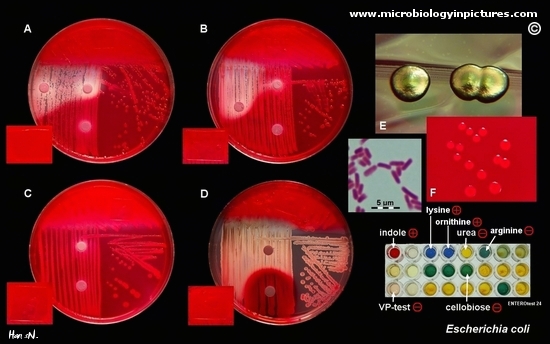


Escherichia Coli Colony Morphology And Microscopic Appearance Basic Characteristic And Tests For Identification Of E Coli Bacteria Images Of Escherichia Coli Antibiotic Treatment Of E Coli Infections


Salmonella And Salmonellosis


Www Wiv Isp Be Qml Activities External Quality Rapports Atlas Bacteriology Gram Negative Aerobic And Facultative Rods Pdf



Firmicutes Wikipedia
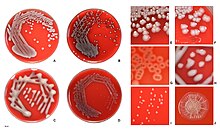


Escherichia Coli Wikipedia



E Coli Gram Stain Mikrobiologiya
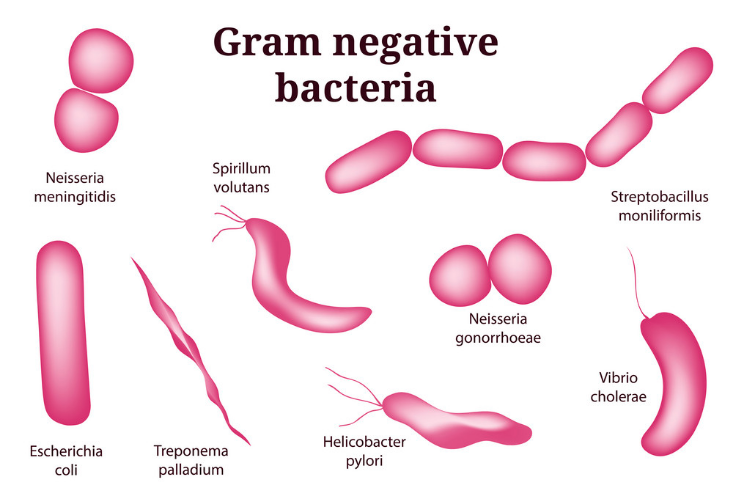


Top 35 Difference Between Gram Positive And Gram Negative Bacteria With Pictures Similarities Viva Differences


Www Mccc Edu Hilkerd Documents Bio1lab3 Exp 4 Pdf


Q Tbn And9gctgrmjg8acjrbxbniknzy1qewngtoobg8cixbwsv Ok9ny02ti0 Usqp Cau


Academic Oup Com Labmed Article Pdf 32 7 368 Labmed32 0368 Pdf


What Does An E Coli Bacteria Look Like Under A Microscope Quora


Pbstatemicrobiology Licensed For Non Commercial Use Only Gram Stain



Enterococcus Faecalis An Overview Sciencedirect Topics



Escherichia Coli Wikipedia


E Coli In Gram Stain Introduction Pathogenic Strains And Lab Diagnosis



Escherichia Coli E Coli Meaning Morphology And Characteristics



Staining Microscopic Specimens Microbiology


コメント
コメントを投稿